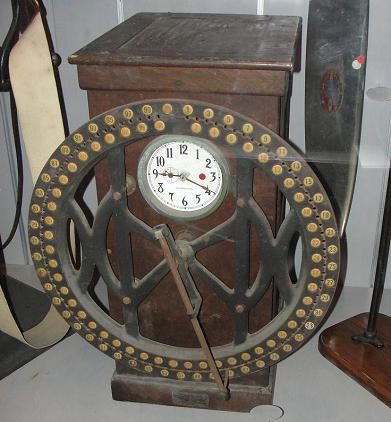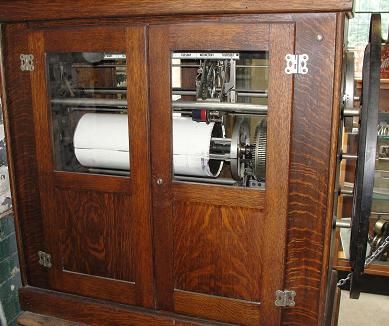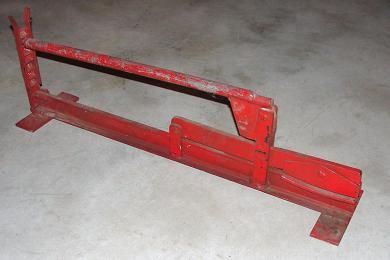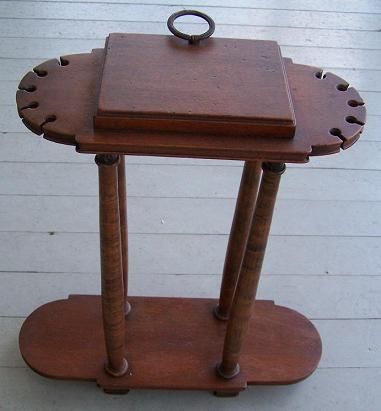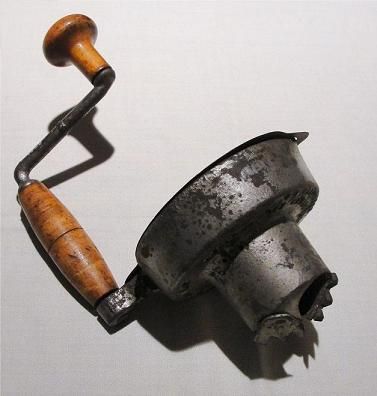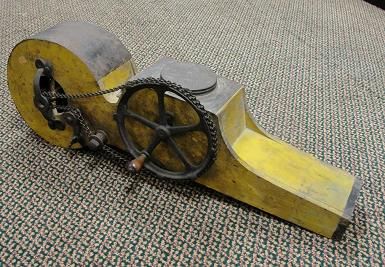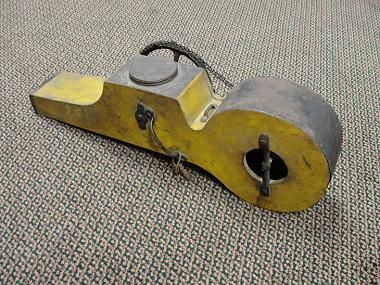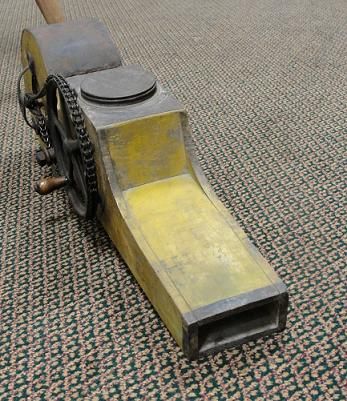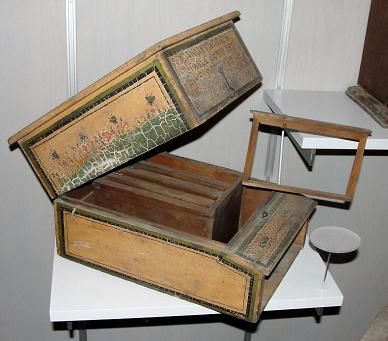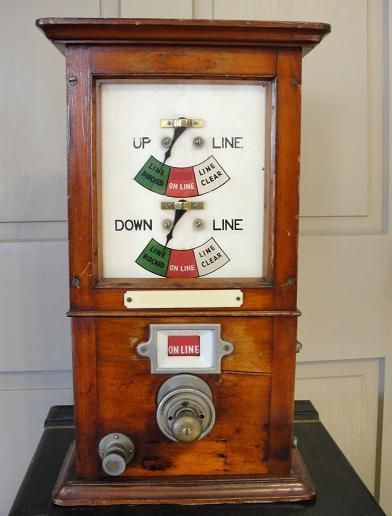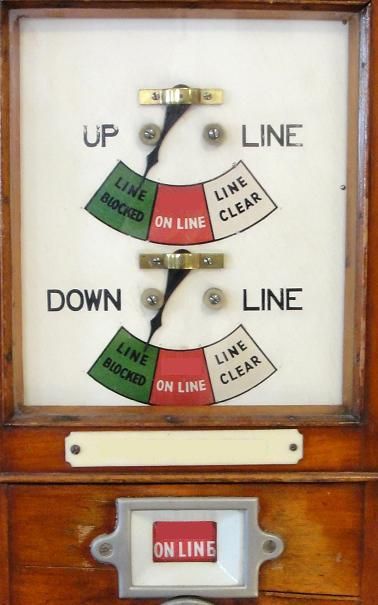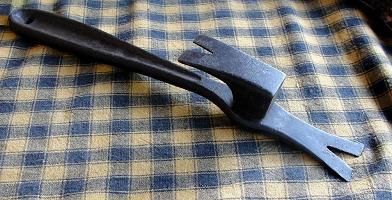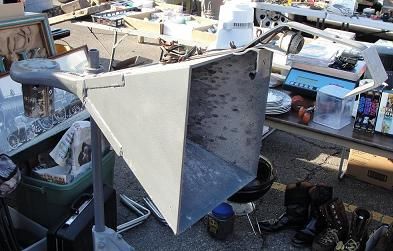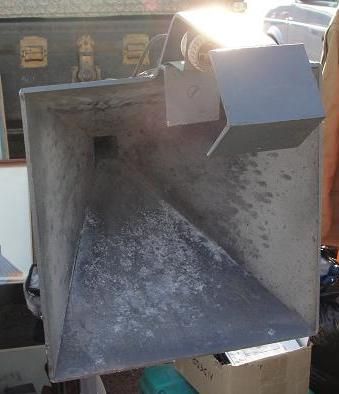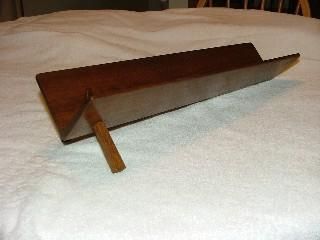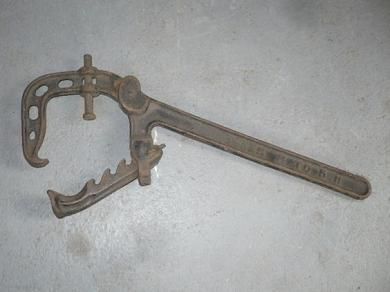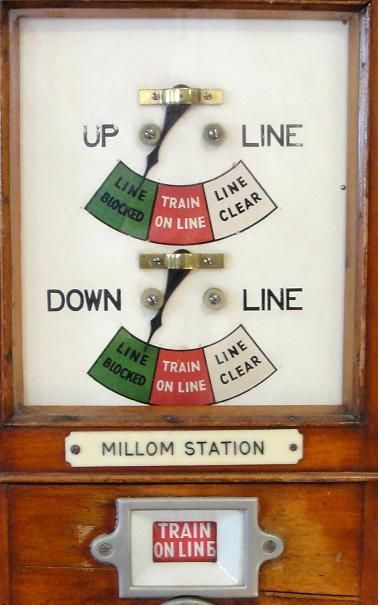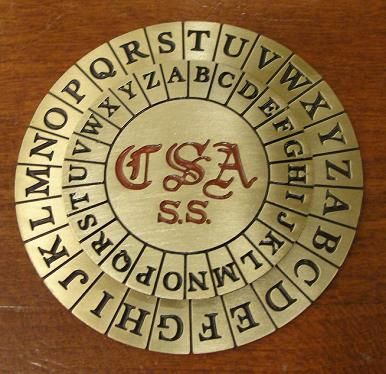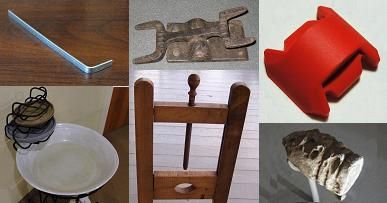1993. 15" long:
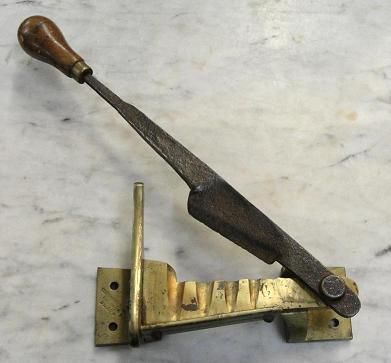
Larger image
Close-up image
1994. Approximately 7" long:
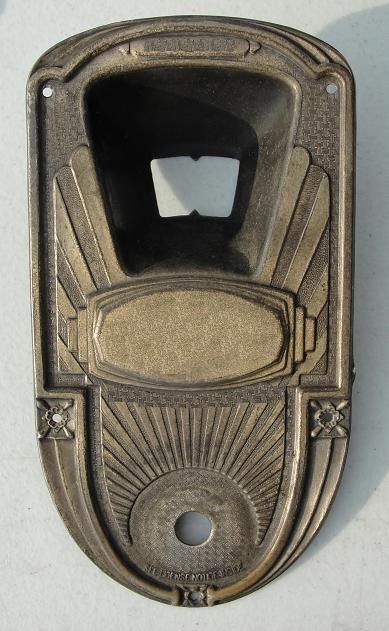
1995. 30" tall:
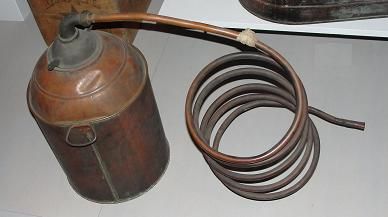
Larger image
1996. Around 28" tall, take a look at Neatorama for more guesses and a chance to win a T-shirt:
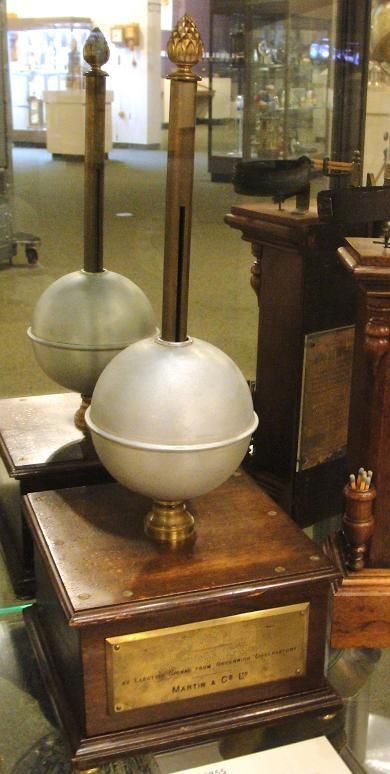
1997. About 9" long:
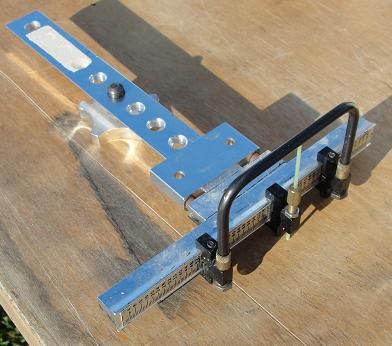

Larger image
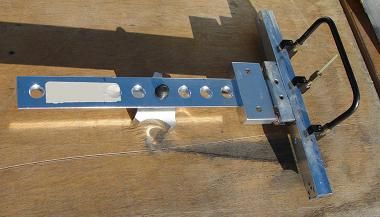
Larger image
1998. The base is 14" long:
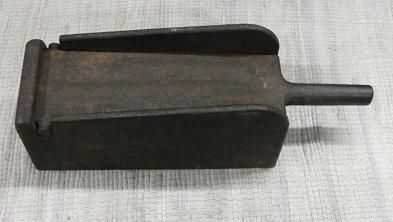
Larger image
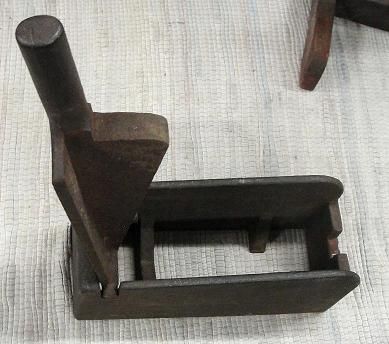
Larger image
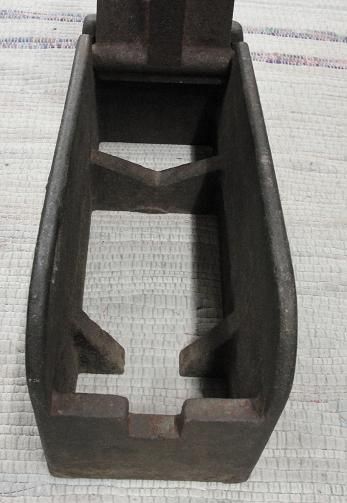
Answers:
1993. A grafting tool, used in cleft grafting for cutting the scion into a wedge shape so that it will fit into the slot in a larger branch.

Larger image
Close-up image
1994. A plate from an old Majestic radio made by the Grigsby-Grunow Company, the dial knob would go into the hole at the bottom and the numbers would be seen through the larger hole at the top:
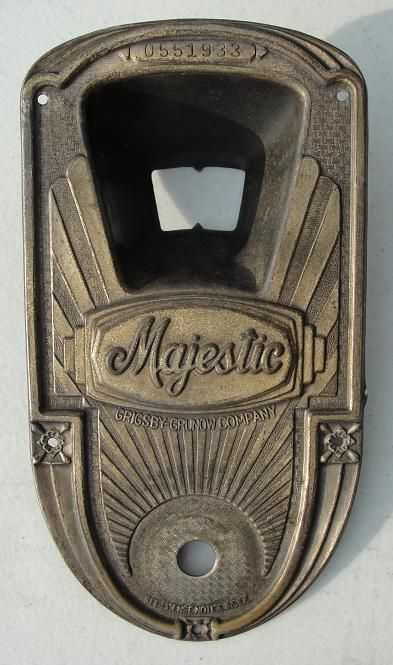
1995. A copper whiskey still used for making alcohol in Pennsylvania during the prohibition.

Larger image
1996. A Small Time Ball that was used around 1855, this clock would sit in a railroad station or store window and was connected to a telegraph line. At precisely 1:00 P.M. daily, the Royal Observatory at Greenwich would send out a signal to all of these clocks and the ball would drop. By charging for this service, observatories could profit from keeping time. The ball we see dropped on New Year's Eve every year originated from the practice of observatories dropping a large ball from the top of the building to indicate to ships and towns the precise time each day.

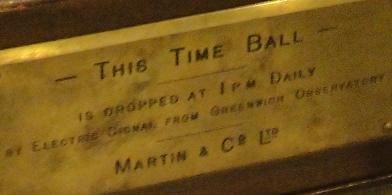
Larger image
1997. A sight for a compound bow that can be adjusted for different distances, similar to the one seen here.


Larger image

Larger image
1998. A bottle buster, it was most likely placed over a hole in a table with a container below to catch the glass. This device was probably used to break liquor bottles since bar owners were required to break them so that they couldn't be refilled with illegal moonshine whiskey.
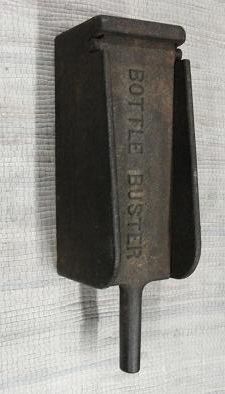
Larger image

Larger image

To submit photos, send them to the address in my profile.
Last week's set is seen below, click here to view the entire post.
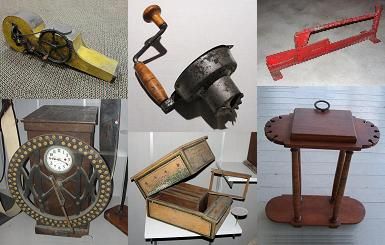
More discussion and comments on these photos can be found at the newsgroup rec.puzzles.
